At the end of the second world war, the Chifley Labor government became involved in a joint project with Britain to develop nuclear weapons. The fall of Singapore in 1942 ended Australia’s illusion that the Mother Country would always come to our aid. And while thousands of Americans lost their lives defending Australia, conflicts with communists in Malaya, Korea, and Vietnam meant our backyard was not as safe as we thought.
Australia’s flirtation with communism in the post-war era impacted our defence and intelligence capability. Our allies simply did not trust us with details of ‘the bomb’. Attempts by left-leaning, well-meaning pacifists to form a world government to manage nuclear weapons helped the cause of international socialism. The anti-nuclear sentiment that still exists here today has its roots in communism in Australia.
In the 2001 documentary Fortress Australia, Peter Butt suggested that communist influence in Australia was such that the United States gave us the same security classification as the Soviet Union. The Communist Party of Australia had been under surveillance since the war by the American’s Venona project as part of its counterintelligence effort against the Soviet Union. To remedy our amateurish national security framework, Chifley established what would become the Australian Security Intelligence Organisation (ASIO) in 1949.
The Menzies Coalition government came to power a few months after the Soviet Union detonated its first atomic bomb. The Malayan Emergency, and soon the Korean and Vietnam Wars along with a shortfall in volunteers, meant that national service was introduced. Many historians forget to mention that national service received bipartisan support. Further, Menzies’ efforts to extend the joint project amid American reluctance to provide Britain with nuclear weapons led to Operation Hurricane and British nuclear tests in Australia.
Again, historians conveniently forget that the Chifley Labor government had established the Woomera Rocket Range, uranium exploration, and extensive funding of the Australian National University to conduct nuclear research at the nearby Snowy River Scheme, itself established under the Commonwealth’s defence powers. Obtaining nuclear weapons for Australia at the height of the Cold War was a bipartisan project.
Historian Wayne Reynolds began his 1997 book Australia’s Bid for the Atomic Bomb with the words, ‘History has not been kind to Menzies.’ When the Hawke Labor government established the McClelland Royal Commission into British Nuclear Tests in the early 1980s, the terms of reference limited the investigation from 1952, conveniently avoid any embarrassment for Labor politicians who enabled the tests with the 1946 joint project. Paul Grace, in his 2023 book Operation Hurricane, noted that McClelland, a former Labor senator, ‘liked to stick it up the Poms whenever he got the chance’.
Lorna Arnold’s history of the British tests in Australia published in 1987 was less critical of Menzies and credited his support with Britain’s ability to develop its own nuclear capability and ultimately obtain American nuclear weapons. Many Australians would be unaware that a major deterrent to Putin’s nuclear threats is the British nuclear-armed submarines that are constantly at sea to protect the West. Australia’s part in this security umbrella, albeit at the cost of the health and safety of those affected by the tests, is a truism that is never mentioned in the anti-Menzies rhetoric that Labor has skilfully crafted in recent decades.
However, after the war, the Communist Party of Australia helped the Soviet Union by sending British intelligence via the Soviet Embassy in Canberra. Although defeated at a referendum, Menzies’ attempt to ban the Communist Party in Australia was not without justification. Aside from disrupting Australia’s war effort at the docks, the Communist Party’s role in providing intelligence to the Soviet Union was exposed by the Royal Commission on Espionage conducted from 1954-55.
Echoing the present, no charges were laid against those suspected of treason in the 1950s. The evidence required in court would have exposed a top-secret code-breaking operation.
Then Labor opposition leader Doc Evatt believed the commission was a Menzies-led conspiracy. Many in his party disagreed.
The Labor split of 1955 was a result of disagreement over the Labor Party’s position on communism. Evatt’s reputation never recovered after stating in Parliament that he had effectively written to the Soviet Foreign Minister, Molotov, asking if Russia had spies in Australia. Of course, the answer was no. Menzies subsequently took Evatt apart in a statesman-like fashion.
Without Menzies’ legacy, we would not have access to life-saving nuclear medical products, nor would we have the ability to conduct research into the very foundations of the universe. We would also not have the capability required for Menzies’ unlikely counterpart, Scott Morrison, to secure the Aukus arrangement and potentially Australia’s only real deterrent in an era of otherwise irresponsible defence policy.
But there is little doubt that communist sympathisers disrupted Australia’s ability to obtain nuclear technology beyond the 1958 Lucas Heights reactor secured by Menzies. Anti-uranium sentiment permeated the left of the Labor Party in the 1980s, and Labor’s left today is adamant that nuclear will play no part in our energy future. The apple doesn’t fall far from the tree it seems.
Got something to add? Join the discussion and comment below.
Get 10 issues for just $10
Subscribe to The Spectator Australia today for the next 10 magazine issues, plus full online access, for just $10.

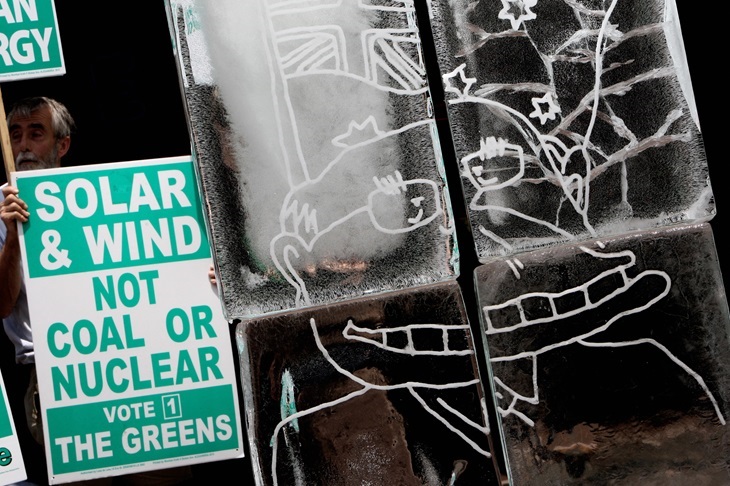


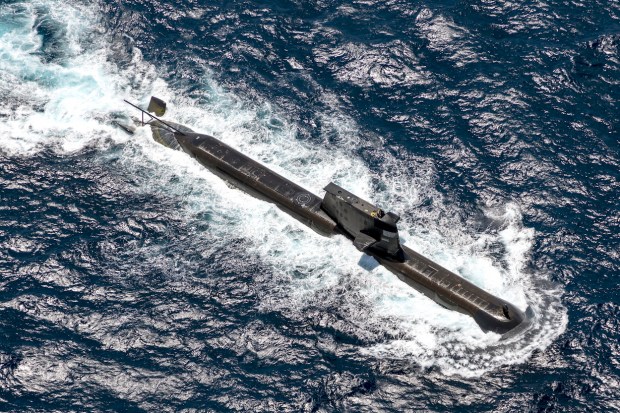
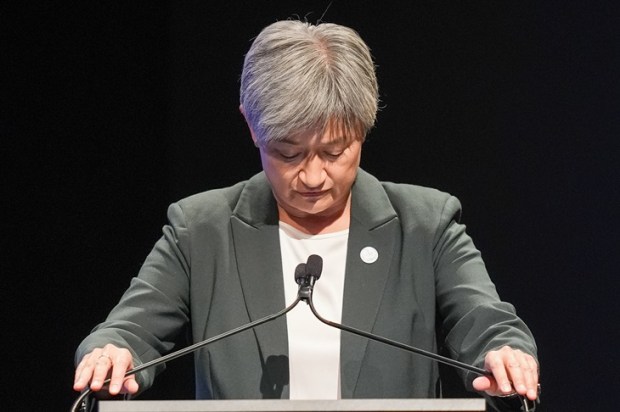
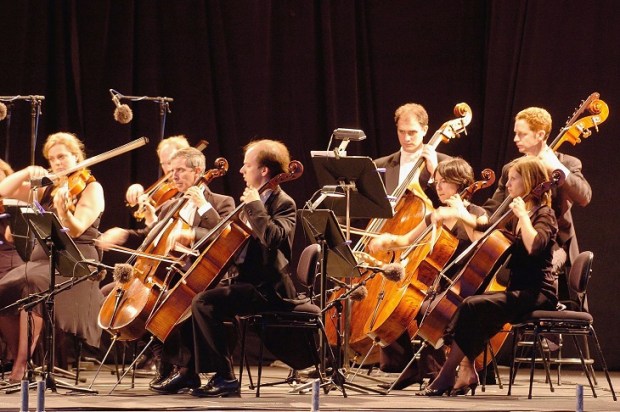
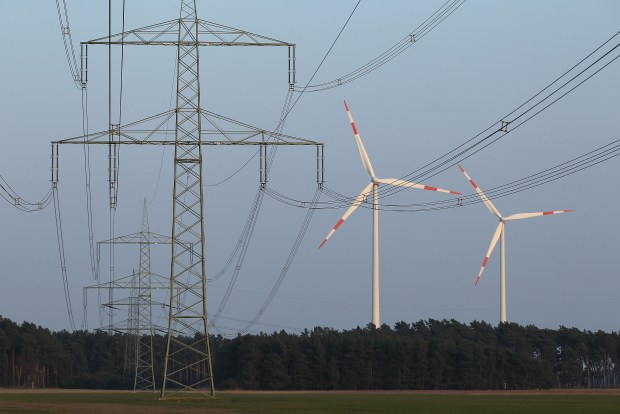


















Comments
Don't miss out
Join the conversation with other Spectator Australia readers. Subscribe to leave a comment.
SUBSCRIBEAlready a subscriber? Log in